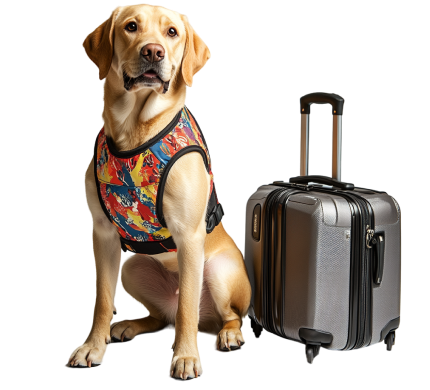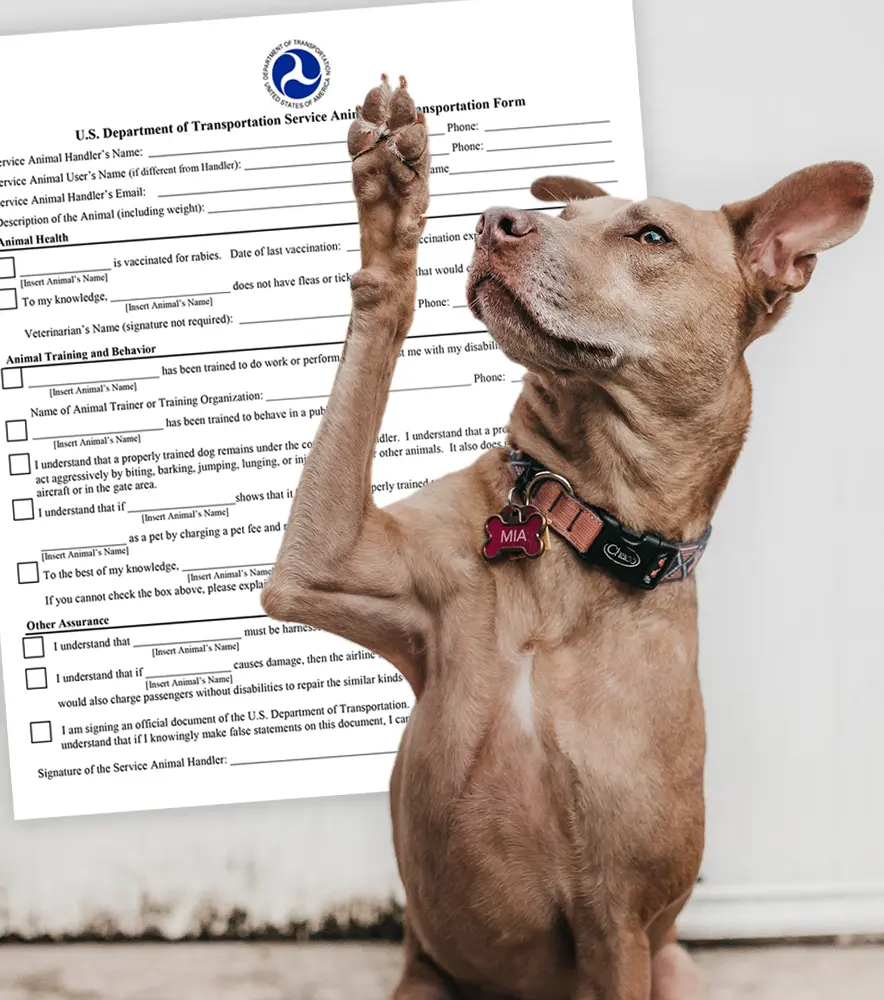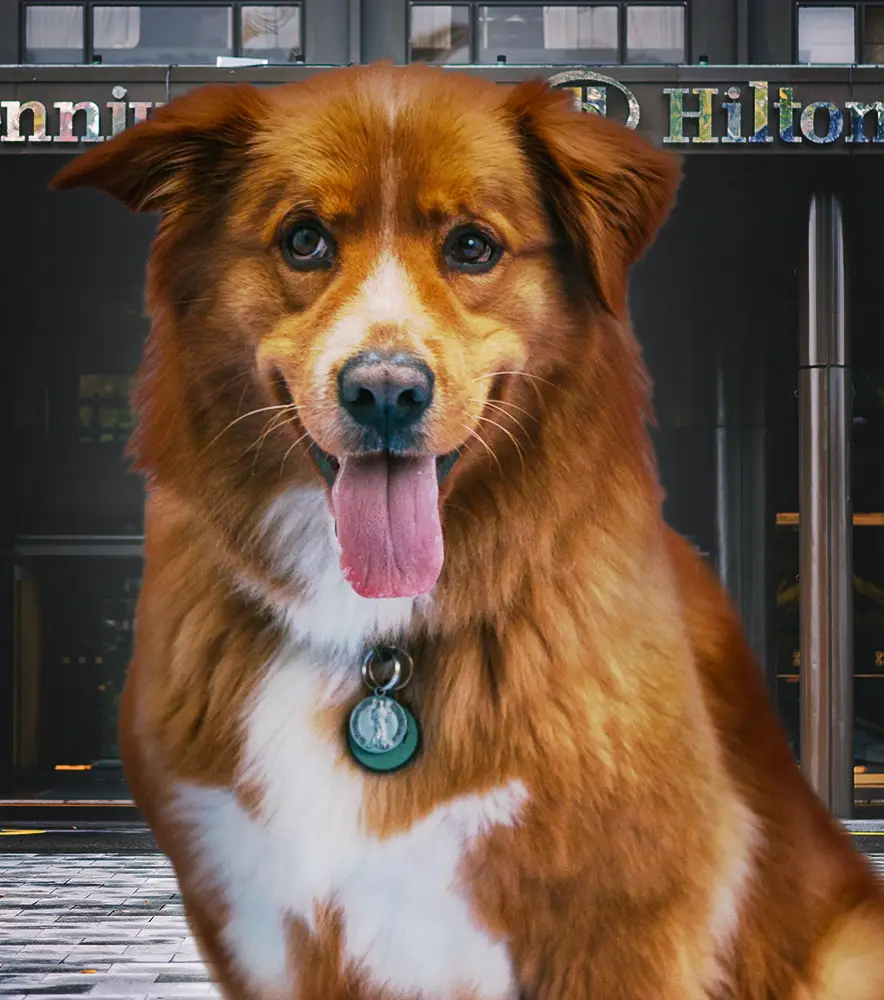All Our Articles on Travel
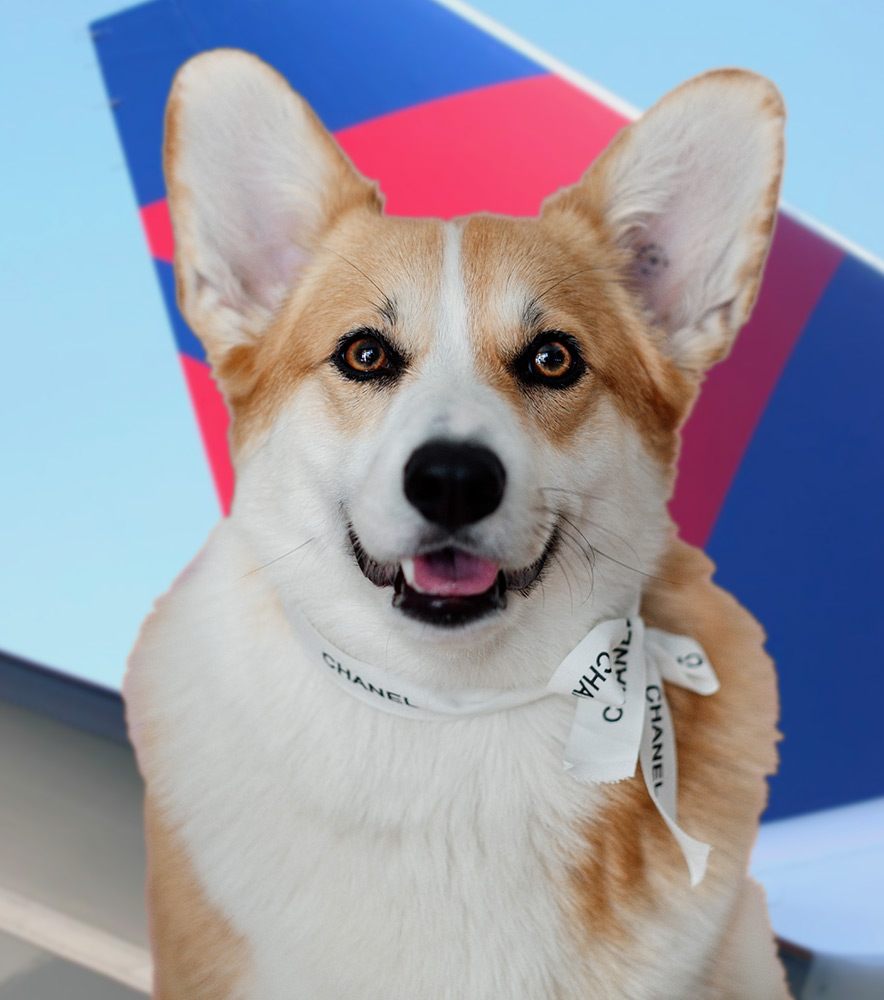
How to Fly With a Service Dog on Delta Airlines
If you plan on traveling, you might find yourself making arrangements to fly with your service dog. Although service dogs are protected by federal laws,... Read more
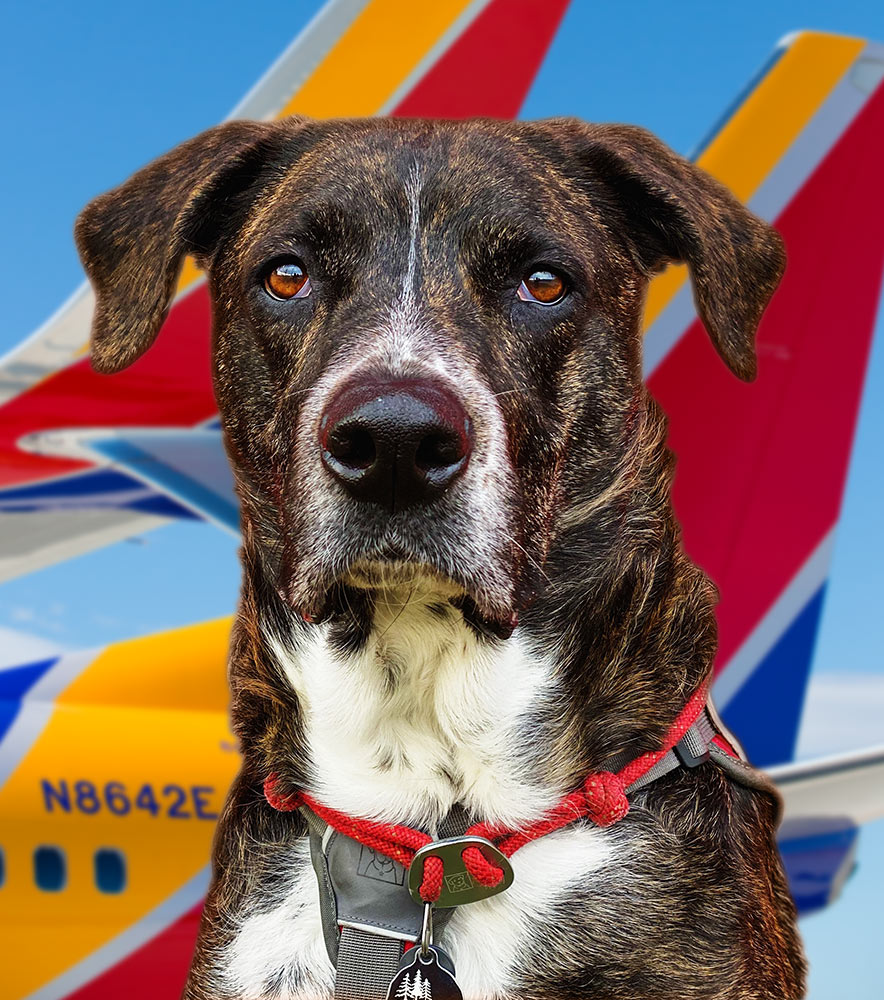
How to Fly With a Service Dog on Southwest Airlines
Widely known for its excellent customer service, Southwest Airlines is one of the most preferred airlines in the United States. If you’re one of their... Read more
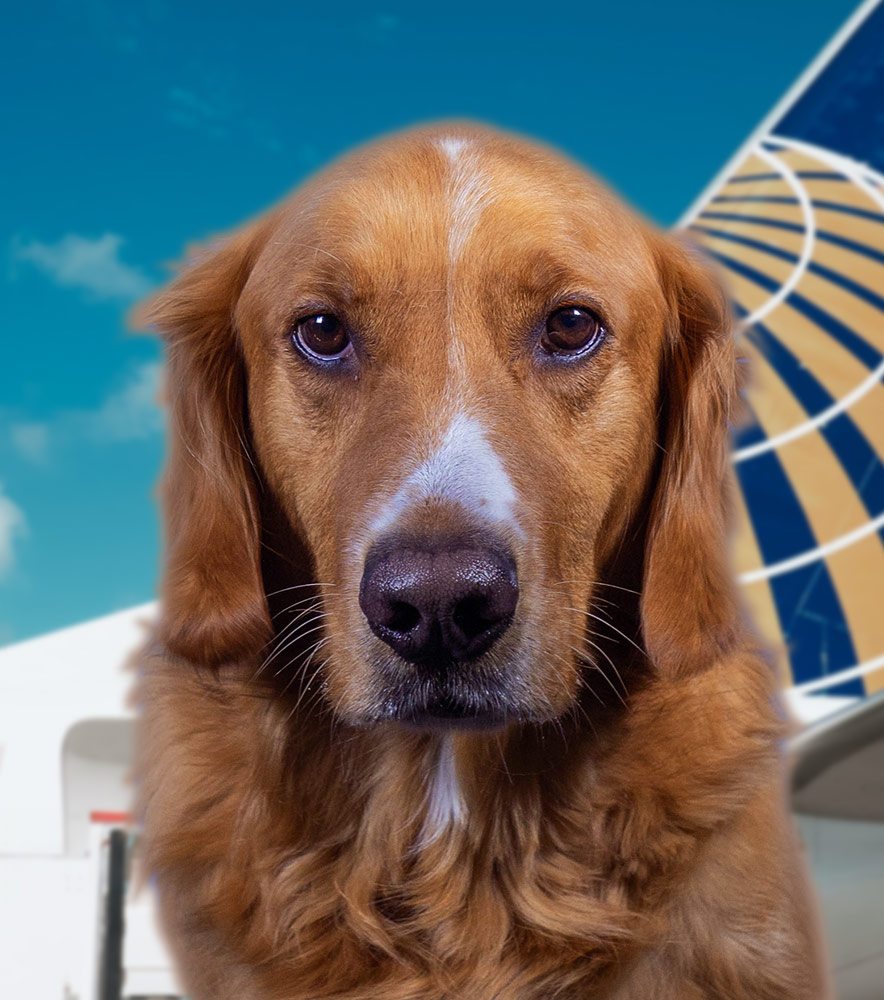
How to Fly with a Service Dog on United Airlines
United Airlines offers customers the most comprehensive network of worldwide routes. They also include one-stop or no-stop flights to and from anywhere in the United... Read more
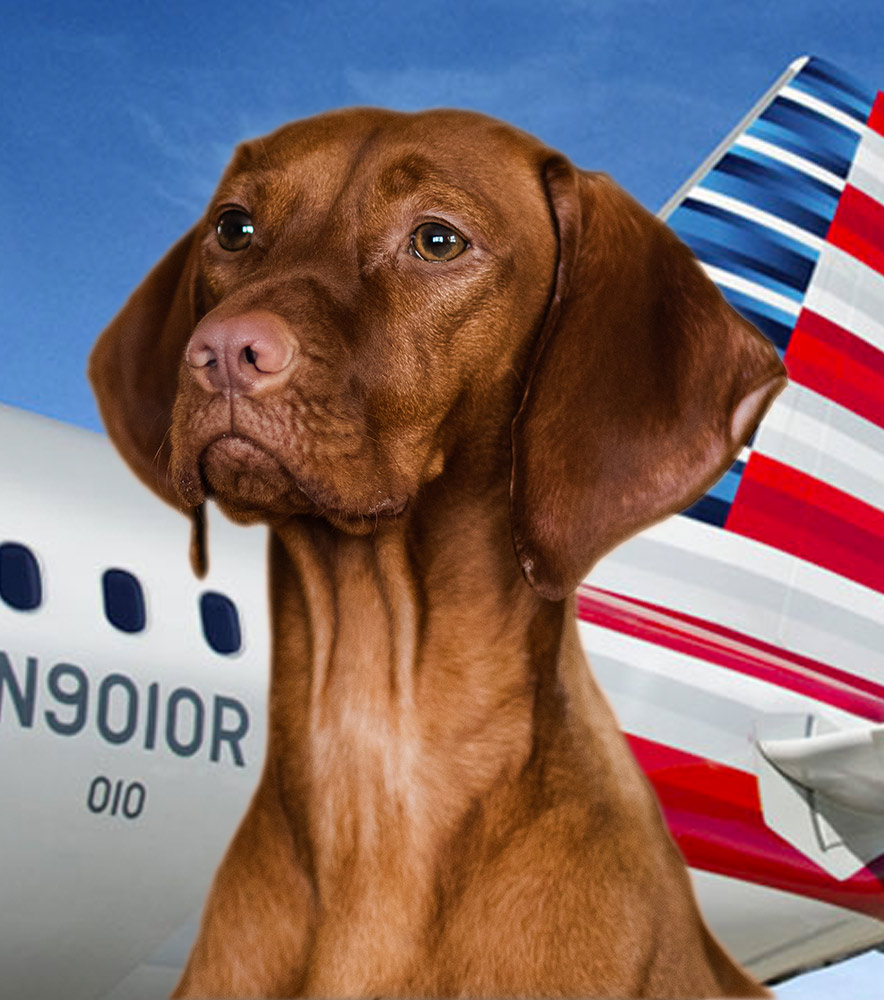
How to Fly with a Service Dog on American Airlines
If you’re traveling with American Airlines with a service dog, you may want to educate yourself on the process. Before boarding, American Airlines — and... Read more
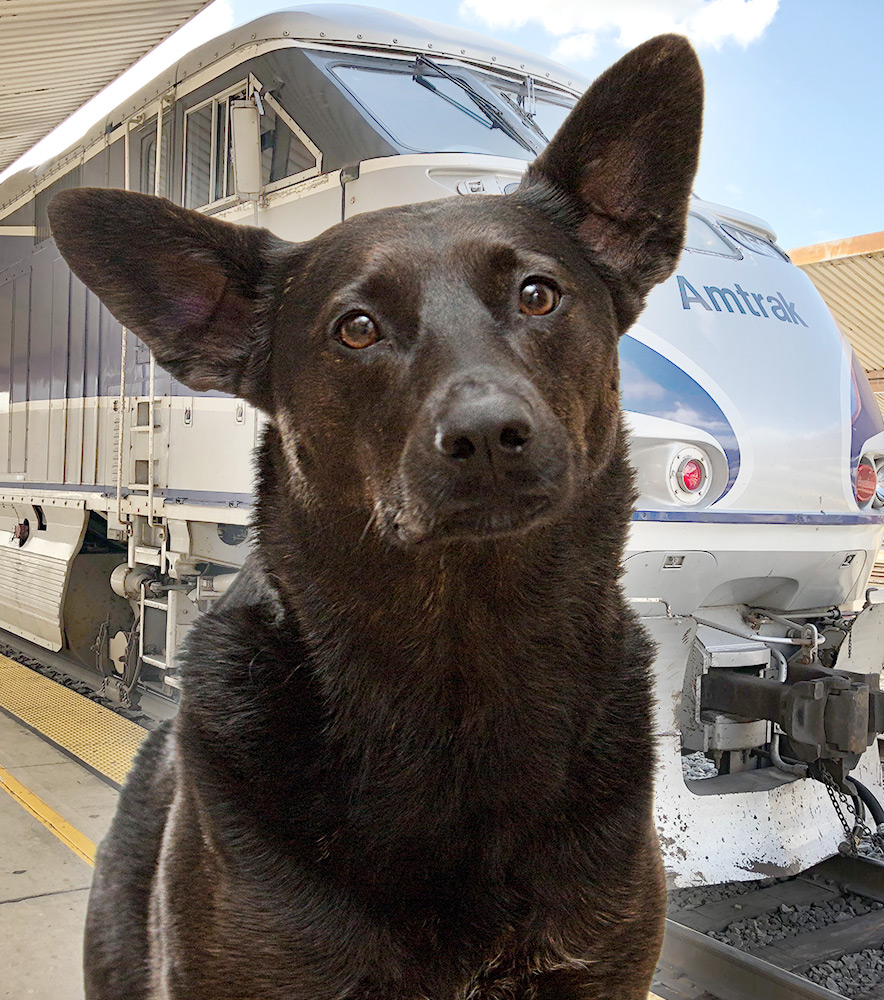
Can You Take a Service Dog on Amtrak?
Although federal laws protect the presence of service animals on airlines, can you take a service dog on an Amtrak train? Short answer: Yes, you... Read more
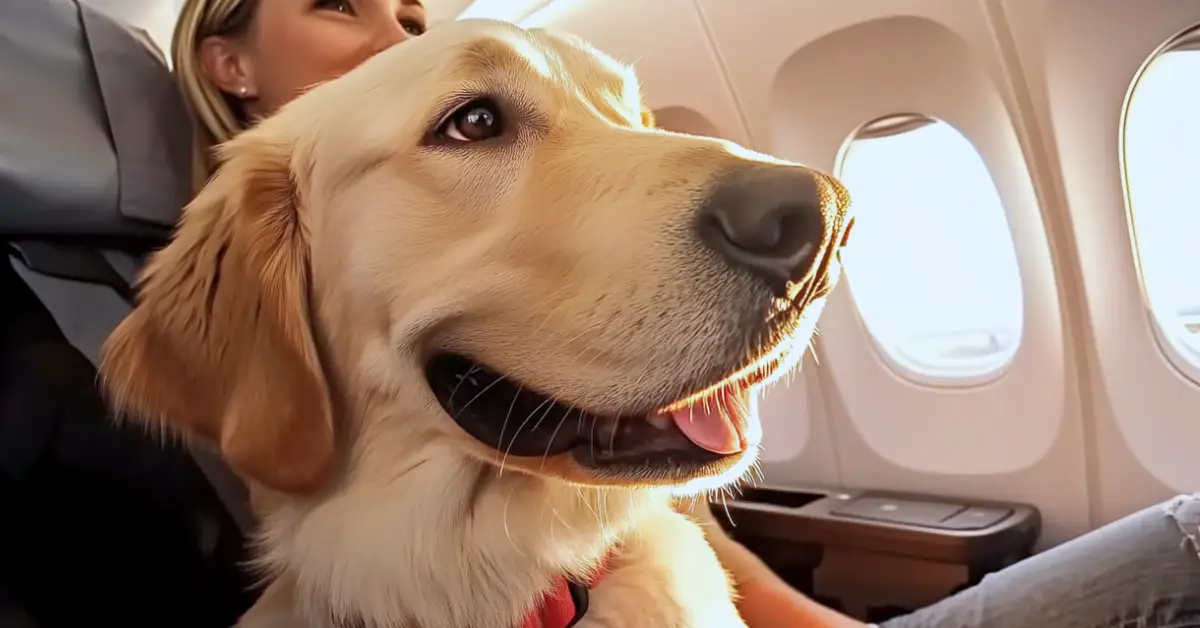
Flying With a Service Dog – The Ultimate Guide
This article was last updated on December 11th, 2024, to reflect the latest updates in the DOT’s rules for air travel. This is a guide... Read more

Travel Guide for a Service Dog in France
France is a place where most people would love to visit at least once in their lifetime. From the gourmet food and pastries to the... Read more
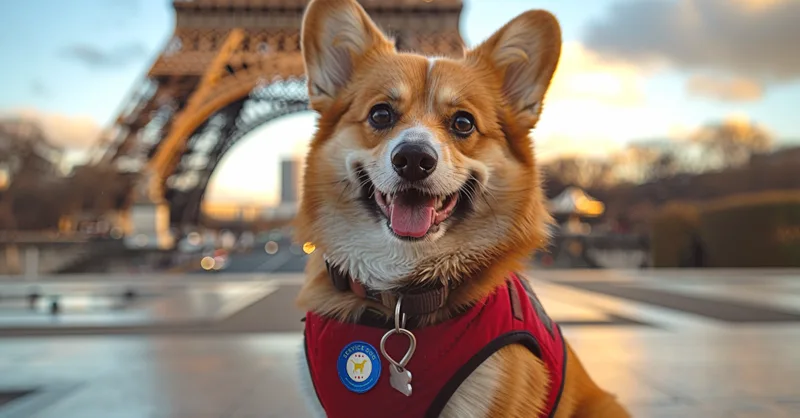
Guide for Traveling with a Service Dog in Europe
Traveling is exciting. Taking in new sites, discovering interesting people, and making memories are all things a wonderful vacation should be. These expectations shouldn’t change... Read more
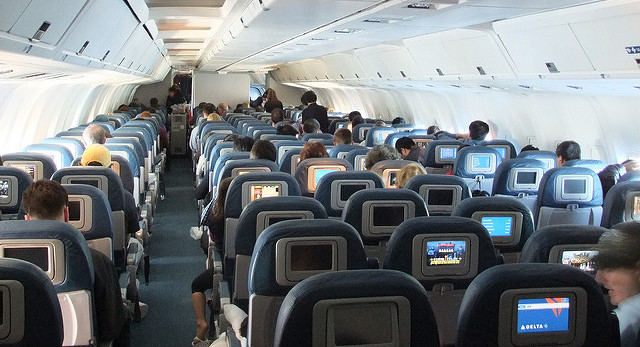
Delta Airlines – 2018 Service Dog Policy
Delta carries approximately 250,000 Service and Emotional Support Animals each year. However, as of March 01, 2018, they are tightening their policy for these working... Read more
